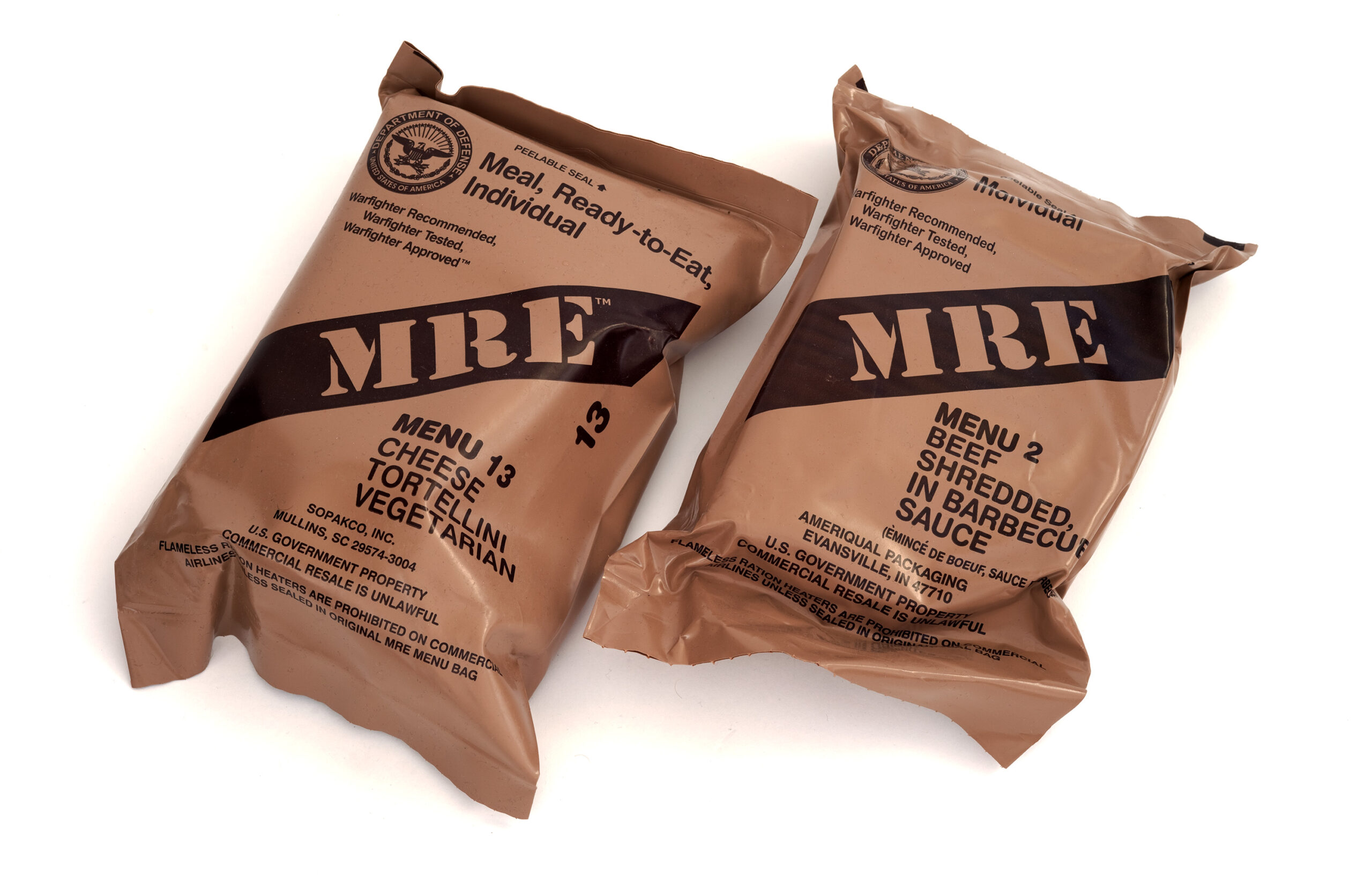Introduction
Military food, known colloquially as rations, is the lifeblood of armed forces worldwide. Beyond mere sustenance, it’s a symbol of solidarity, innovation, and adaptability in the face of adversity.
In this exploration, we’ll journey through the annals of history to understand how military rations have evolved from basic provisions to sophisticated culinary solutions, meeting the diverse needs of troops across generations and continents.
History of Military Food
Origins of Military Rations
The roots of military rations can be traced back to antiquity, where armies relied on simple fare like dried grains, salted meat, and hard bread to sustain soldiers on campaigns.
These early rations were rudimentary, often lacking in variety and nutrition, but they laid the foundation for more sophisticated provisioning systems in later centuries.
Evolution of Military Food
As warfare became more complex and widespread, so too did the need for efficient food distribution systems. The Industrial Revolution ushered in a new era of military logistics, enabling the mass production and distribution of standardized rations to far-flung battlefields.
Innovations in food preservation, packaging, and nutrition science transformed military rations from survival rations to nutritionally balanced meals capable of sustaining troops in the harshest of environments.
Types of Military Food
Combat Rations
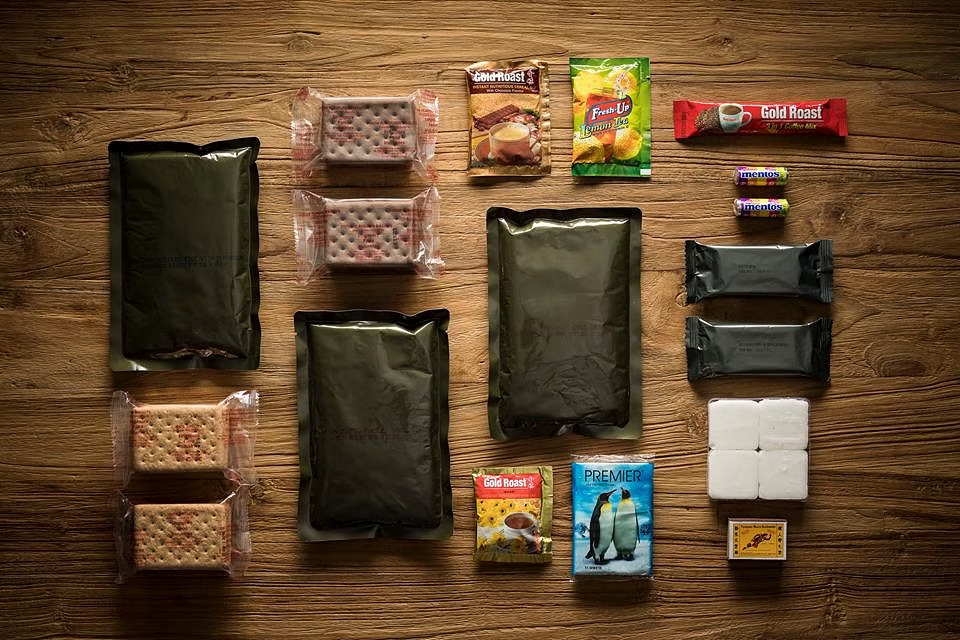
Combat rations are designed for rapid consumption during active engagements, providing soldiers with the energy and sustenance they need to stay focused and alert on the battlefield.
These rations are typically lightweight, compact, and require minimal preparation, allowing troops to refuel quickly without compromising their mobility or operational effectiveness.
Field Rations
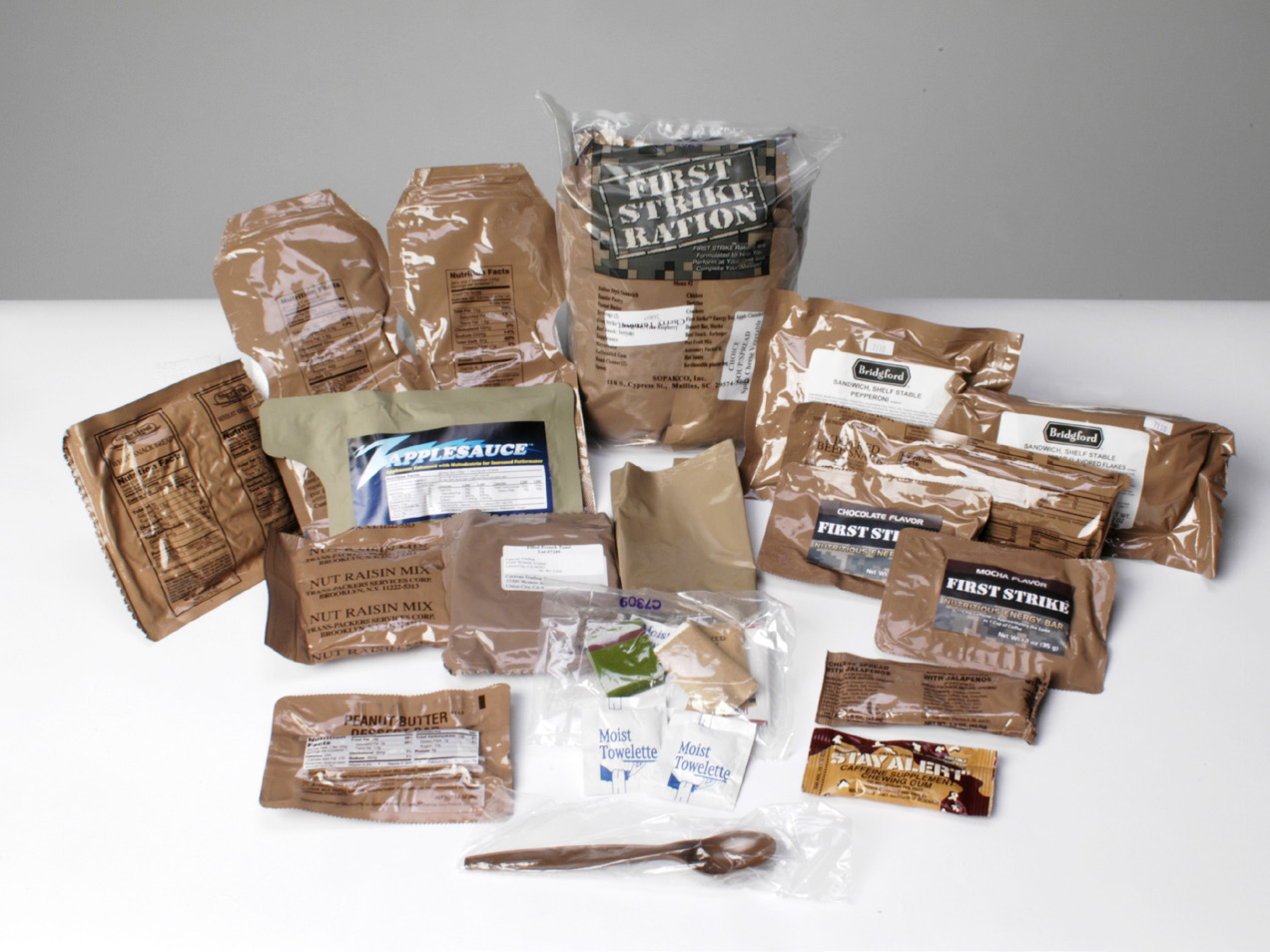
Field rations are intended for sustained operations in remote or austere environments where resupply may be limited or sporadic.
These rations are more substantial than combat rations, often consisting of canned goods, dehydrated meals, and supplemental snacks to provide soldiers with the calories and nutrients needed to sustain them over several days or weeks.
Meal, Ready-to-Eat (MRE)
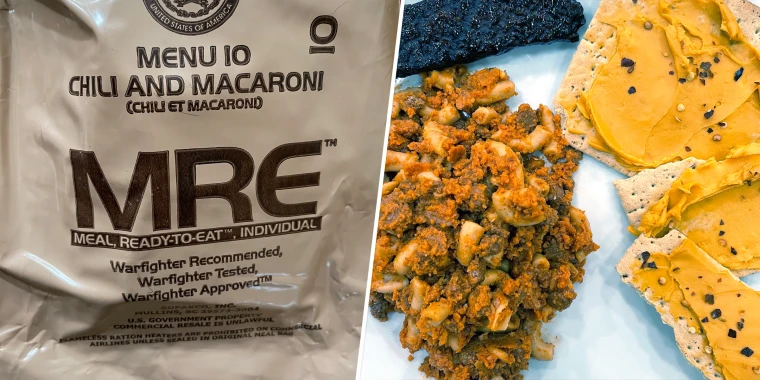
The Meal, Ready-to-Eat (MRE) represents the pinnacle of military ration technology, offering soldiers a complete, self-contained meal in a lightweight, durable package.
Each MRE contains an entrée, side dishes, snacks, and desserts, along with accessories like utensils, condiments, and heating elements, allowing soldiers to enjoy a hot, satisfying meal virtually anywhere in the world.
Specialized Diets and Requirements
Recognizing that one size does not fit all, military food providers offer a range of specialized rations to accommodate soldiers with specific dietary needs or restrictions.
Whether it’s vegetarian, kosher, halal, or allergen-free options, military rations are tailored to ensure that every soldier receives the sustenance they need to perform at their best, regardless of their individual dietary preferences or requirements.
Nutritional Considerations
Caloric Needs in the Field
| Activity Level | Calories per Day |
|---|---|
| Light | 2,500 – 3,000 |
| Moderate | 3,000 – 3,500 |
| Heavy | 3,500 – 4,500 |
This table provides an approximate range of daily caloric requirements based on the activity level of soldiers in the field. It’s important to note that individual caloric needs may vary depending on factors such as body composition, metabolism, and environmental conditions.
In the demanding environment of the battlefield, soldiers expend an extraordinary amount of energy as they carry out their duties, often facing physical exertion, stress, and harsh environmental conditions.
Meeting these heightened caloric demands is crucial for maintaining optimal performance and preventing fatigue and exhaustion. Military rations are carefully formulated to provide the necessary calories to sustain troops in the field, striking a delicate balance between energy density, palatability, and shelf stability.
Preservation Methods
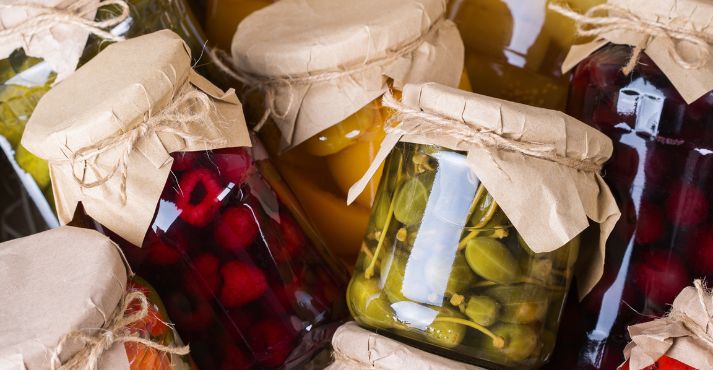
Preserving the quality and safety of military rations presents a formidable challenge, particularly in environments where temperature extremes, humidity, and rough handling can compromise food integrity.
To mitigate these risks, military food scientists employ a variety of preservation methods, including dehydration, freeze-drying, canning, and vacuum sealing.
These techniques not only extend the shelf life of rations but also help retain essential nutrients and flavors, ensuring that soldiers receive wholesome, nourishing meals even in the most challenging conditions.
Dietary Balance and Health Concerns
Maintaining a balanced diet is essential for the overall health and well-being of military personnel, but it can be particularly challenging in the context of field operations.
Military rations must provide a comprehensive array of nutrients, including carbohydrates, proteins, fats, vitamins, and minerals, to support physical performance, cognitive function, and immune health.
Furthermore, considerations such as sodium content, fiber intake, and hydration levels are carefully managed to address health concerns such as dehydration, gastrointestinal issues, and chronic diseases.
Striking the right balance between nutrition, palatability, and practicality is paramount in ensuring that military rations meet the diverse needs of troops while promoting long-term health and resilience.
Packaging and Logistics
Shelf Life
One of the primary considerations in ration packaging is ensuring extended shelf life to maintain food quality and safety over prolonged periods. Military rations are subjected to rigorous testing to assess their stability under various environmental conditions, including temperature fluctuations, humidity, and exposure to light and oxygen.
Packaging materials must be robust enough to withstand rough handling and environmental extremes while effectively sealing out moisture, air, and contaminants to preserve the integrity of the contents.
Innovations such as oxygen absorbers, moisture barriers, and multi-layered packaging have significantly extended the shelf life of military rations, ensuring that troops have access to fresh, nutritious meals throughout their deployment.
Portability and Weight Considerations
Portability is a critical factor in ration design, as soldiers must carry their supplies with them during missions that may involve long marches, tactical maneuvers, or airborne operations. Every ounce counts when it comes to packing rations, so packaging materials must be lightweight, compact, and durable without compromising food safety or shelf life.
Additionally, rations must be designed for ease of transport and consumption in the field, with convenient serving sizes, resealable packaging, and minimal waste generation.
Balancing portability with nutritional density and palatability is essential to ensure that soldiers have the energy and morale-boosting sustenance they need to accomplish their mission objectives effectively.
Supply Chain Challenges
Maintaining a reliable supply chain for military rations presents a complex logistical challenge, particularly in remote or hostile environments where access may be limited or disrupted.
Timely delivery, storage, and distribution of rations require meticulous planning, coordination, and infrastructure support to ensure that troops receive adequate sustenance wherever they are deployed.
Factors such as transportation logistics, inventory management, and supply chain resilience must be carefully managed to minimize the risk of shortages, stockouts, or spoilage.
Additionally, considerations such as cultural preferences, dietary restrictions, and mission-specific requirements further complicate supply chain management, necessitating agile and adaptive solutions to meet the evolving needs of military forces operating in diverse theaters of operation.
Innovations in Military Food
Technological Advances
Recent decades have witnessed remarkable technological advancements in the realm of military food, revolutionizing the way rations are developed, produced, and consumed.
From state-of-the-art food processing techniques to cutting-edge packaging materials, technology plays a pivotal role in enhancing the safety, quality, and functionality of military rations.
For example, the introduction of retort pouches and self-heating meal components has greatly improved the convenience and versatility of field rations, allowing soldiers to enjoy hot, freshly prepared meals even in the most austere environments.
Similarly, advances in food science and nutrition have led to the development of fortified rations tailored to meet the specific physiological demands of military operations, ensuring that troops remain fueled and resilient under the most challenging conditions.
Customization and Personalization
Recognizing that dietary preferences and nutritional requirements vary among individual soldiers, military food providers are increasingly embracing customization and personalization as key principles in ration design.
Rather than offering a one-size-fits-all approach, modern military rations offer a range of options to accommodate diverse tastes, cultural backgrounds, and dietary restrictions.
Soldiers may have the opportunity to select their preferred meals from a menu of options, allowing them to enjoy familiar flavors and comfort foods that boost morale and maintain a sense of connection to home.
Moreover, personalized ration kits can be tailored to meet specific nutritional needs or health considerations, ensuring that every soldier receives the sustenance they need to perform at their best.
Sustainability Efforts
In response to growing environmental concerns and resource constraints, military organizations are increasingly focused on integrating sustainability principles into food production and distribution systems.
Efforts to reduce waste, minimize energy consumption, and optimize resource utilization are driving innovations in ration packaging, sourcing, and disposal practices.
For example, the adoption of biodegradable packaging materials and compostable food containers helps reduce the environmental footprint of military rations, while initiatives to source locally grown ingredients and support sustainable agriculture promote resilience and self-sufficiency in food supply chains.
By embracing sustainable food practices, military forces can not only reduce their environmental impact but also enhance operational readiness and resilience in the face of evolving challenges.
Psychological Impact of Military Food
Comfort and Familiarity
In the midst of the chaos and uncertainty of combat, familiar foods can provide a source of comfort and stability for soldiers far from home. Whether it’s a favorite childhood snack or a regional specialty, familiar flavors evoke memories of happier times and create a sense of continuity amidst the upheaval of military life.
Military rations often include iconic dishes and comfort foods that resonate with soldiers on a personal level, offering a brief respite from the rigors of combat and fostering a sense of camaraderie and solidarity among troops.
Role in Morale Boosting
Mealtime rituals and traditions play a crucial role in boosting morale and camaraderie among military personnel. Sharing a meal with fellow soldiers provides an opportunity for social interaction, storytelling, and bonding, strengthening the bonds of camaraderie and unit cohesion.
Additionally, the act of enjoying a hot, satisfying meal can serve as a much-needed morale boost in challenging circumstances, providing soldiers with a tangible reminder of their resilience and determination in the face of adversity.
Military leaders often recognize the importance of food as a morale-boosting tool, prioritizing the provision of high-quality, nutritious rations to support the physical and psychological well-being of their troops.
Cultural Significance
Food is deeply intertwined with cultural identity, and military rations reflect the diverse culinary traditions and heritage of the soldiers they serve.
Whether it’s a traditional recipe passed down through generations or a regional delicacy unique to a specific area of deployment, cultural foods play a vital role in preserving a sense of identity and connection to home for soldiers far from familiar surroundings.
By incorporating familiar flavors and ingredients into military rations, food providers honor the cultural diversity of their troops and acknowledge the importance of food as a vehicle for cultural exchange and understanding.
Moreover, cultural foods serve as a tangible reminder of the sacrifices and contributions of soldiers from diverse backgrounds, fostering a sense of pride and unity among military personnel worldwide.
Challenges and Future Trends
Meeting Diverse Nutritional Needs
As military demographics continue to evolve, with an increasingly diverse workforce comprising individuals with varying dietary preferences, cultural backgrounds, and nutritional requirements, meeting diverse nutritional needs presents a significant challenge for military food providers.
Ensuring that rations are nutritionally balanced, culturally sensitive, and accommodating of religious and medical dietary restrictions requires ongoing innovation and collaboration across disciplines such as nutrition science, food technology, and culinary arts.
Furthermore, addressing the nutritional needs of specialized populations, such as female soldiers, vegetarians, and athletes, necessitates tailored solutions and flexible ration options to optimize performance and health outcomes across the force.
Addressing Taste and Palatability
While nutritional content is paramount, taste and palatability are equally critical factors in ensuring that soldiers consume an adequate amount of food to meet their energy needs. Taste preferences vary widely among individuals and are influenced by cultural background, personal experiences, and environmental factors.
Therefore, developing rations that are not only nutritious but also appealing and enjoyable to eat requires careful attention to flavor profiles, texture, and sensory attributes.
Incorporating familiar flavors, regional cuisines, and comfort foods into military rations can enhance acceptability and satisfaction among troops, promoting higher consumption rates and better overall health outcomes.
Adaptation to Changing Environments
Military operations are inherently dynamic and unpredictable, with troops often deployed to diverse and challenging environments ranging from arid deserts to dense jungles to frigid tundras.
Adapting ration systems to meet the unique requirements of each operational theater, including climate extremes, terrain characteristics, and logistical constraints, is essential for ensuring that troops remain adequately nourished and resilient in the face of adversity.
Flexible ration designs, modular menu options, and climate-specific formulations enable military forces to adjust quickly to changing environments and operational contexts, enhancing readiness and effectiveness across a wide range of mission scenarios.
Conclusion
In conclusion, military food, with its rich history, diverse types, and evolving challenges, remains a cornerstone of operational readiness and troop well-being in modern warfare. From ancient provisions to high-tech rations, military food has continuously evolved to meet the changing needs of soldiers on the front lines.
As we look to the future, addressing challenges such as meeting diverse nutritional needs, enhancing taste and palatability, and adapting to changing environments will be paramount in ensuring the effectiveness and sustainability of military ration systems.
By embracing innovation, collaboration, and a commitment to excellence, military food providers can continue to support the health, resilience, and readiness of troops worldwide.
FAQ
Are military rations suitable for individuals with dietary restrictions or allergies?
Yes, military food providers offer a range of specialized rations to accommodate soldiers with specific dietary preferences, religious restrictions, or medical conditions.
Vegetarian, kosher, halal, and allergen-free options are available to ensure that every soldier receives the sustenance they need while respecting their individual needs and beliefs.
How are military rations developed and tested for quality and safety?
Military rations undergo rigorous testing and evaluation to ensure compliance with nutritional standards, safety regulations, and operational requirements.
Food scientists, nutritionists, and culinary experts collaborate to develop ration formulations that meet the nutritional needs and taste preferences of troops while adhering to strict quality control measures and food safety protocols.
What measures are taken to ensure the sustainability of military ration systems?
Military organizations are increasingly focused on integrating sustainability principles into food production, packaging, and distribution processes to minimize environmental impact and promote resource conservation.
Initiatives such as reducing packaging waste, sourcing locally grown ingredients, and supporting sustainable agriculture practices help mitigate the environmental footprint of military ration systems while enhancing operational resilience and self-sufficiency.

